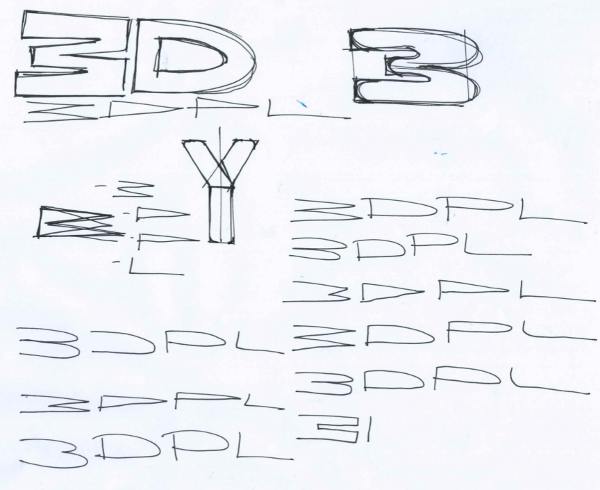
YouMagine has announced a new type of licensing scheme for 3D print designs, the 3DPL.
Up to now most STL files you may encounter in the world of 3D printing are either unlicensed or proprietary, although a few public 3D model repositories offer the ability to add an existing type of open source license to an item you’ve uploaded, most often the “Creative Commons” license.
However, there is a problem: while the licenses typically offered are in fact open source licenses, they were designed years ago with the intent of protecting software – not 3D designs. Sure, these can work, but the terminology is different.
YouMagine, a leading 3D model repository, has now proposed an alternative licensing scheme to the world: 3DPL. The idea is to attach a 3DPL license to uploaded 3D models, which makes the designers intent completely clear.
3DPL offers three forms of licensing, any of which can be chosen to be the terms of use for your 3D model:
REMIX: With a REMIX license your derivative work must be available to remix and share by others.
REMIX — NON COM: A REMIX — NON COM license restricts the use of the Design File, the modified Design File and any Designed Product to non-commercial use only. The Design File, the Modified Design File or any Designed Product may not be used with the intent of making money directly or indirectly from it.
REMIX — RIGHTS MELT: REMIX — NON COM for 12 months melting down to REMIX after 12 months. With a REMIX — RIGHTS MELT license your design file is available as a non-commercial share-alike file for 12 months. After this period the license will automatically become REMIX.
The goal is to ensure a design is used as intended; in the past some freely available designs have been incorporated into commercial products without the consent of or compensation to the original designer. The 3DPL requires that a license file travel with the design files so that future users of the design will know precisely what they are allowed to do and what actions they must take or avoid for legal use.
There are some interesting implications of this license. First, if used widely, we will no longer see “plain STL files” for download, as they must be bundled with licensing files. Expect to see a lot of ZIP archives.
Second, the 3DPL can require attribution. This could mean the designer’s name that’s embossed on the lower portion of a model must not be removed or altered. Expect to see signatures and company icons begin to appear on publicly available 3D models.
Finally, the presence of such a useful and focused 3D print license may mean an increase in the number of designs available. It could be that some artists are reluctant to release their designs as there wasn’t generally accepted (and adhered to) licenses in the past. Now that may change, if 3DPL catches on.
To that end, YouMagine has published the draft of the 3DPL on Medium to accept comments from the public. We encourage you to take a close look at this license and consider its implications.
The 3DPL will be successful only if it is widely used. For this to happen, we would have to see several major 3D model repositories incorporate it into their systems. Certainly YouMagine will do so, as they’re the force behind the license. Other smaller repositories could easily add 3DPL as a feature to their systems. The bigger question is whether the elephant in the room, Thingiverse, will adopt 3DPL. However, even if Thingiverse does so, it’s hard to imagine the uploaders of its 500,000+ 3D models to go back and edit their model pages to select a 3DPL license. That really happens only when items are first uploaded.
Would you use a 3DPL license on your project? How would you change the 3DPL to make it popular and effective?

